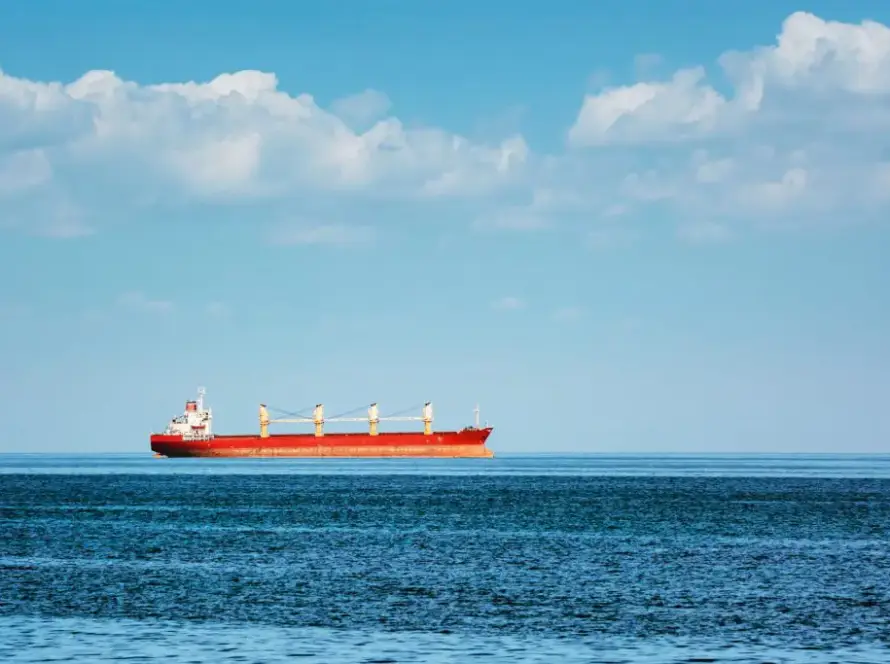The vast expanse of our oceans hosts a complex web of maritime activities. In this intricate dance of vessels traversing the seas, safety reigns supreme. Enter COLREG, the International Regulations for Preventing Collisions at Sea, a beacon guiding maritime traffic to safe passage and averting potential disasters.

Setting the Course: What is COLREG?
COLREG, established and overseen by the International Maritime Organization (IMO), serves as the global rulebook for maritime navigation, addressing the vital need to prevent collisions at sea. These regulations are a testament to international collaboration, aiming to ensure safe and efficient vessel movements across oceans and waterways.
Navigational Guidelines: Key Components of COLREG
The regulations encompass various facets crucial to safe navigation:
- Right of Way and Actions to Avoid Collisions: Clearly defined rules dictate which vessel holds the right of way in diverse scenarios and the appropriate actions to avert collisions.
- Lights and Shapes: Vessels display specific lights and shapes to communicate their status, aiding others in determining their course and intentions, whether they are underway, at anchor, fishing, or handling various operations.
- Sound Signals: Auditory cues play a pivotal role, especially in limited visibility conditions, where vessels use distinct sound signals to communicate their presence, maneuverability, or intentions.
- Different Vessel Categories: The regulations cater to the nuances of various vessel types, such as power-driven vessels, sailing vessels, fishing vessels, and those constrained by their draft, offering tailored guidelines for safe navigation.
Safety at Sea: Significance of COLREG
The seas, often bustling with diverse maritime activities, can pose significant risks if not navigated carefully. COLREG serves as a cornerstone of maritime safety by:
- Preventing Collisions: By establishing a clear framework of rules and responsibilities, COLREG minimizes the risk of collisions, safeguarding lives, vessels, and the marine environment.
- Standardizing Communication: Standardized signals, both visual and auditory, foster effective communication among vessels, reducing ambiguity and enhancing situational awareness.
- Ensuring Predictability: With defined right-of-way rules and actions, COLREG fosters predictability in maritime traffic, enabling vessels to anticipate and react to each other’s movements.
Adherence and Compliance: Upholding Safety Standards
Adherence to COLREG is not merely a recommendation but a fundamental requirement for all vessels navigating international waters. Ensuring compliance with these regulations rests on the shoulders of ship operators, navigators, and maritime authorities. Training, education, and consistently reinforcing these rules are crucial in upholding safety standards.
The Path Ahead: Continual Vigilance and Evolution
As maritime activities evolve with technological advancements and shifting global dynamics, the relevance and efficacy of COLREG remain paramount. Continuous evaluation and potential updates to these regulations must align with emerging challenges, technological innovations, and evolving maritime practices.
In Conclusion
COLREG is a cornerstone of maritime safety, fostering a harmonious dance of vessels across the world’s oceans. Providing a clear framework of rules and responsibilities ensures safe passage, minimizes collisions, and upholds the sanctity of our seas. As vessels traverse the waters, these regulations serve as a guiding beacon, navigating them toward safe and efficient maritime endeavors.


